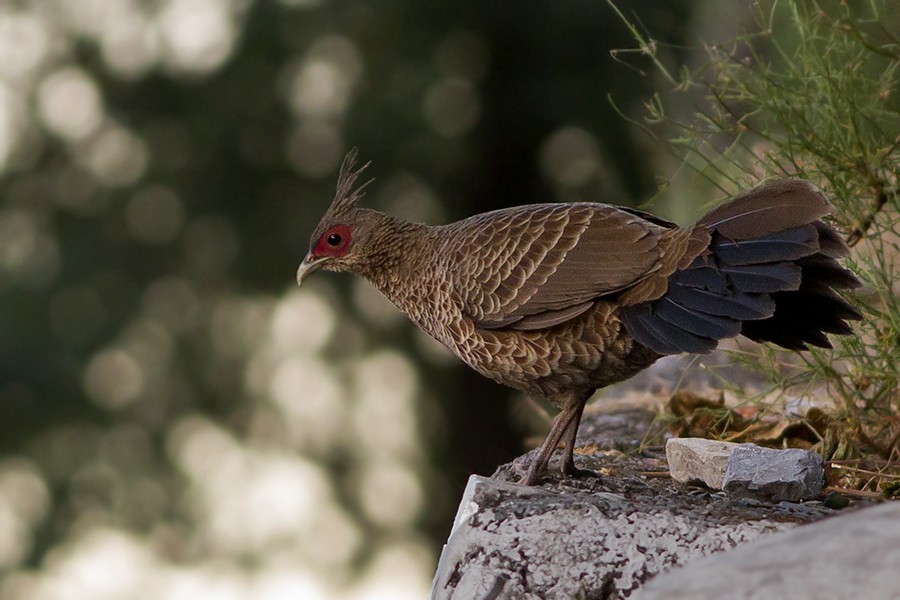Kalij Pheasant
A species of Gallopheasants Scientific name : Lophura leucomelanos Genus : Gallopheasants
Kalij Pheasant, A species of Gallopheasants
Botanical name: Lophura leucomelanos
Genus: Gallopheasants
Content
Description General Info
 Photo By Dibyendu Ash , used under CC-BY-SA-3.0 /Cropped and compressed from original
Photo By Dibyendu Ash , used under CC-BY-SA-3.0 /Cropped and compressed from original Description
Males have a total length of 63 to 74 cm (25 to 29 in) and females 50 to 60 cm (20 to 24 in). Height is... Very roughly, the subspecies can be divided into two main groups, with the first (subspecies L. l. hamiltoni, L. l. leucomelanos, L. l. melanota, L. l. moffitti, and Vlathami) being found in the western and central part of the species' range, while the second (L. l. williamsi, L. l. oatesi, L. l. lineata, and L. l. crawfurdi) is found in the eastern part. In the males of the first group, most of plumage is glossy blue-black, though with white to the rump or underparts in most subspecies, and in L. l. hamiltoni, the westernmost subspecies, the crest is white (all other have a blue-black crest). In the second group, the underparts and crest are glossy blue-black, but the tail and upperparts are white (or very pale grey) with most feathers densely vermiculated with black. Females are brownish. In some subspecies, the underparts are distinctly marked in whitish and black, while in others, most feathers are pale-edged, resulting in a scaly appearance. 
Size
66-84 cm (26-33 in)
Colors
Brown
Black
Green
Red
Gray
White
Blue
Life Expectancy
10-15 years
Nest Placement
Ground
Feeding Habits
Kalij Pheasant has an omnivorous diet that includes seeds, insects, worms, roots, berries, and grain. It forages on the ground, often scratching the soil to uncover food. Unique dietary preferences are not specified, but the variety indicates adaptability to available resources.
Habitat
Kalij Pheasant is typically found in diverse forested ecosystems, often preferring areas with dense undergrowth, such as evergreen and deciduous forests that include oak, sal, spruce, and rhododendron. These birds also inhabit secondary growth and abandoned farmlands with emerging vegetation. Their habitat ranges broadly in elevation from lowlands at around 25 meters above sea level to montane regions up to 3700 meters, encompassing valleys and thickets.
Dite type
Omnivorous
General Info
Feeding Habits
Bird food type
Species Status
Not globally threatened.